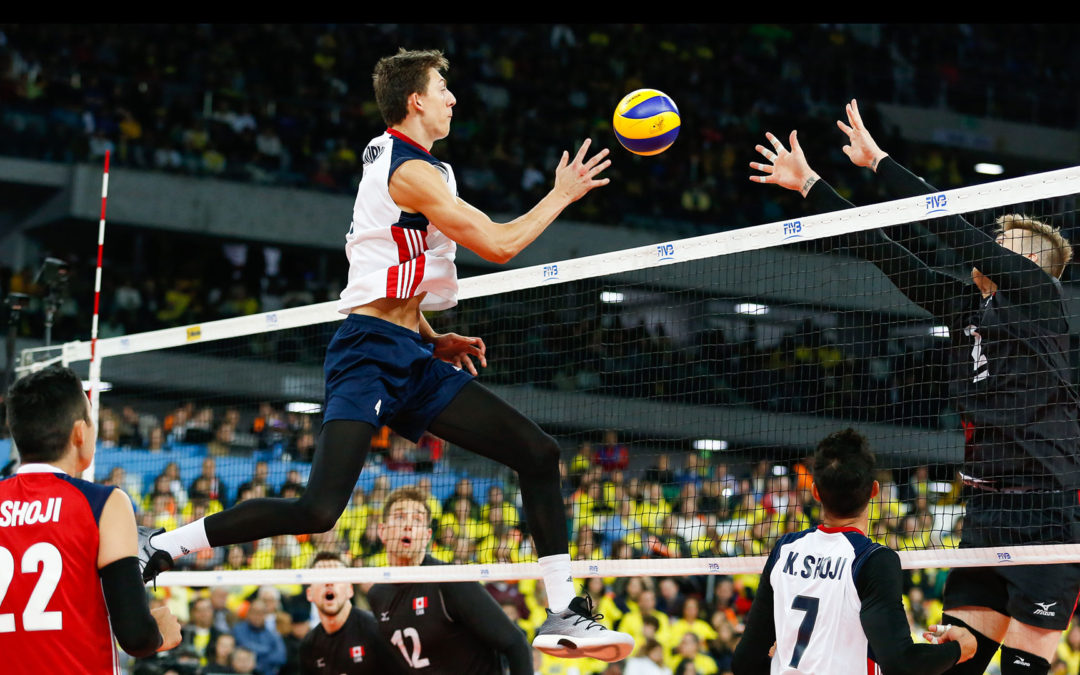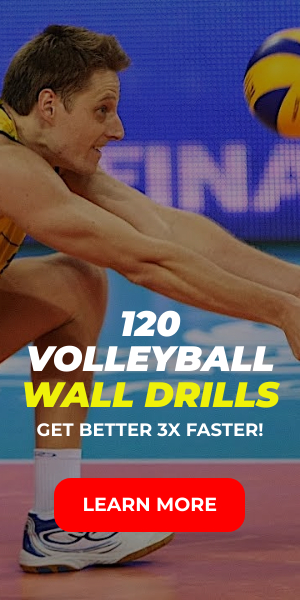The next rotation in our “needs to be examined” list is Rotation 4. What do we have to take into account when the setter is in position 4 on a volleyball court?
This is probably the most difficult volleyball rotation in terms of understanding, especially for beginners in the game. The biggest specific that derives from this situation is that the outside hitter, who in principle is located in position 2, in this case spikes from position 4. The main purpose of this maneuver includes leaving space free in position 1 and 2 for the opposite in order for him to be able to attack from back row (he is nominally in position 1, the setter – in position 4).
Due to the fact that the outside hitter is moved in position 4, the middle attacker and the setter should start even more to the left from him. Only this disposition of the players would allow the team to be in compliance with the rules – position 4 (the setter) should be the left of position 3 (the middle) and position 3 – to the left of the outside hitter. Additionally there in an outside hitter (second row) in the middle of the receiving formation, a libero and an opposite in position 1. That’s why the placement of the players in this rotation resembles the letter “L”.
From the perspective of the reception since the libero is in position 1 a nicely directed (hard, but also float) serve towards position 5-6 (the block, formed by the two outside hitters) could create significant problems which should be surely taken into account. In this setup it is of an utmost importance that the libero is able to cover as much space as possible in reception (particularly against a float serve).
What are the further specifics of rotation 4? Watch in the video below and for more videos and analysis – subscribe to “Volleyball Explained” YouTube Channel.





